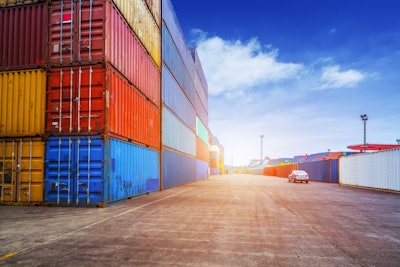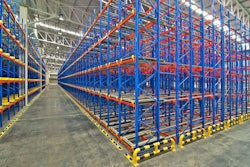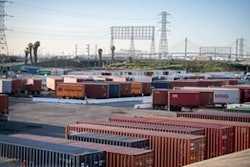
While most industry participants foresee container prices reviving in the coming months, Container xChange’s Container Price Sentiment Index (xCPSI) records a positive value by the beginning of March.
“We learn from many customers of Container xChange that the demand for containers is still there, just that the supply is overshooting the demand. Due to this, we see ripple impacts like for example, depots working on max capacity (depots in China for instance working on 90% utilization) and therefore, not being able to accept new clients. This is a global phenomenon now. And that is a struggle for the NVOCCs and shipping lines who want to open new markets,” says Christian Roeloffs, co-founder and CEO of Container xChange.
From Container xChange:
- Data from Container xChange’s last three recordings indicates that the industry expects container prices to improve soon, thereby reviving confidence.
- Oversupply of containers has caused depots to run on almost 90% utilization in countries like China, which makes it difficult for depots to move the containers around and eventually makes depots less efficient.
- Leasing companies and shipping lines are holding their containers longer than they would normally. They are deploying a wait-and-watch strategy hoping that prices will stabilize. Sell-offs are also not happening yet because the leasing and shipping companies have a free storage agreement with the depots.
- Container selloffs will intensify into the Q2 or the second part of this year because depots will run out of space, prices will continue to erode and shipping lines and leasing companies will need to sell off some of that stock.
“The process of diversification has already started. Since this is a long-drawn process, we are yet to see visible signs of this in the trade patterns. But we see an uptick in intra-Asia trade. In the future, the larger trades will suffer a demand decrease so capacity needs to be adjusted towards regions with more sticky demand and more stable rate levels. Supply chains will need to be more resilient in the coming years. These relocation strategies will effectively reduce reliance on one production and supply chain hub to a more diverse, smaller trading pattern,” adds Roeloffs. “For logistics stakeholders, there are more fragmented value chains to be dealt with, more growth to be discovered worldwide, and ultimately, we expect a broader base for business. This could be unleashed by the right set of data and insights to create a better ecosystem for companies.”




![Pros To Know 2026 [color]](https://img.sdcexec.com/mindful/acbm/workspaces/default/uploads/2025/08/prostoknow-2026-color.mduFvhpgMk.png?auto=format%2Ccompress&bg=fff&fill-color=fff&fit=fill&h=100&q=70&w=100)







![Pros To Know 2026 [color]](https://img.sdcexec.com/mindful/acbm/workspaces/default/uploads/2025/08/prostoknow-2026-color.mduFvhpgMk.png?ar=16%3A9&auto=format%2Ccompress&bg=fff&fill-color=fff&fit=fill&h=135&q=70&w=240)




